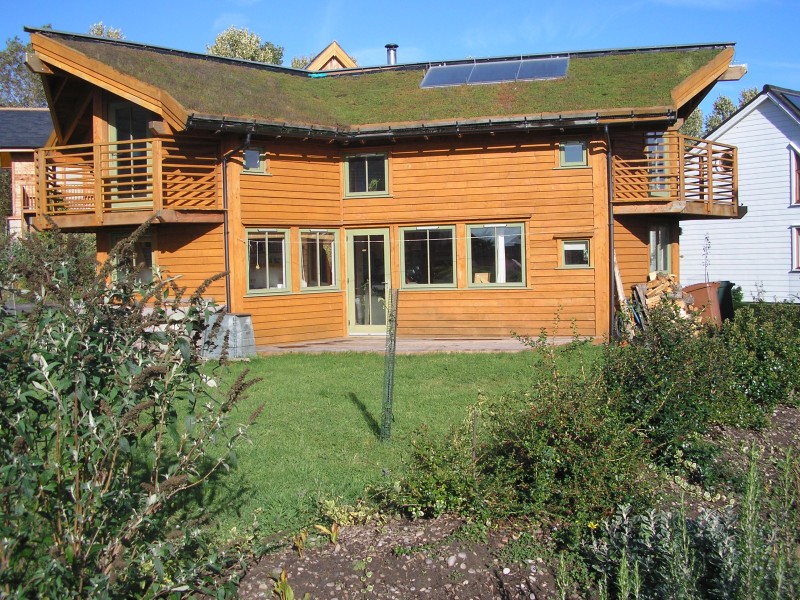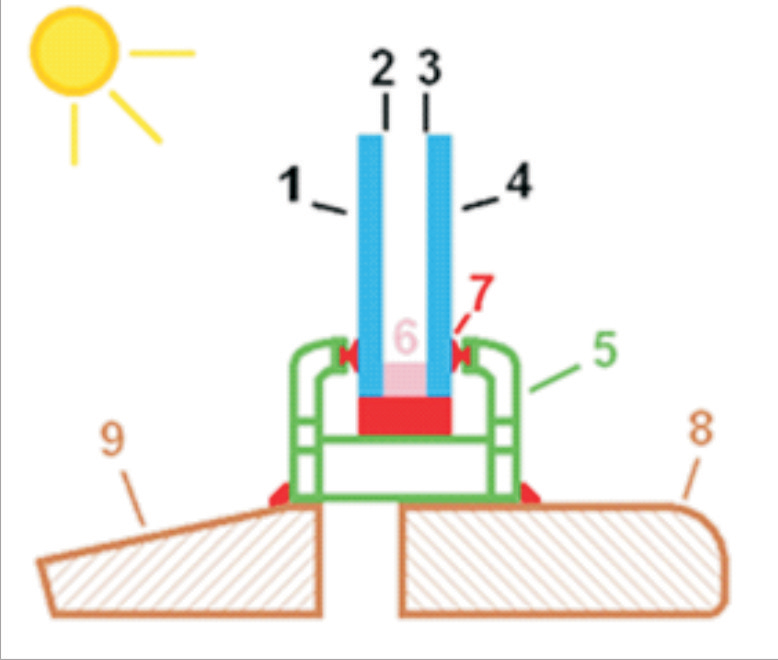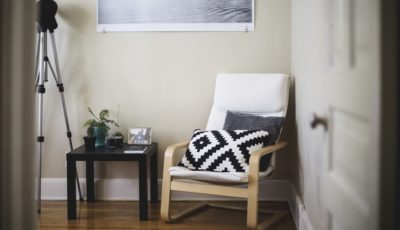Achieving Optimal Energy Efficiency with Green Retrofits
You are probably not aware of this, but buildings use up to 40% of global energy and generate as much as 30% of all carbon emissions. In Australia, for instance, residential and commercial buildings make up 23% of the Australia’s total greenhouse emissions. Since buildings designed to the highest environmental standard account for only 2% of the entire building stock, the Australian government decided to take the bull by the horns and start dealing with brown buildings more efficiently.
The City of Sydney celebrated World Environment Day in June 2014 on a grand scale, having retrofitted 45 buildings, including Customs House, Town Hall House, libraries, swimming pools, car parks and community centres. The two-year project saved $1.1 million per year in power bills. Green retrofitting brings a large number of benefits to owners and operators, such as higher returns, greater occupancy, higher rents, higher resale value and reduced operating costs since optimal energy efficiency is achieved.
A home sustainability assessment
Getting a home sustainability assessment will help you identify in what ways you can save energy more efficiently. It includes a thermal rating, energy usage, water usage, household usage, the advice on the costs of improvements and the government legislation on certain issues. Depending on the audit, you can decide how you can green retrofit your house. Here’s the list of the most common upgrades.

Insulation
There are two basic types of insulation products. Bulk insulation relies on pockets of trapped air within a material to minimize winter heat loss and summer heat gain. The most common materials for bulk insulation are wool, glass wool, polyester, polystyrene and cellulose fibre. Reflective insulation is usually aluminium foil reflecting 95% of radiant heat. Sometimes, bulk and reflective insulation are combined.
Every material has its own R-value. The higher the R-value, the better insulation. The Building Code of Australia sets out minimal R-values of materials, which is usually 4.1. All materials in Australia must meet Australian Standard AS/NZS 4859. Ceilings and suspended floors with easy access are simple to retrofit, while walls and skillion roofs are harder to manage, but not impossible.
Double glazed windows
Opting for retro-fitted double glazed windows will improve the thermal performance of your windows by 70%. This solution consists of two panes of glass creating a gap between them, which acts as insulation. The gap is filled with air, or gas. A minimum space recommended between the panes is 12mm. The U-value measuring how much heat escapes in winter is low, between 3.5 and 1.5. Your house will be cooler in summer since the Solar Heat Gain Coefficient of double glazing windows is lower than the SHGC of single glazing ones.

source
HVAC Systems
If your HVAC system is more than 10 years old, it requires replacement in order to improve energy efficiency. Components which usually require replacement are air handling units, drives and motors on pumps, electronic valves, chillers, fans and boilers. Installing variable speed drives on supply and return air fans, energy-efficient motors, condensing boilers, variable air volume and energy saving devices, including motion sensors, thermostats, night purging vents and economisers can improve thermal performance of the HVAC system.
Small changes make a difference
Consider sun control and shading devices to further minimize the amount of sunlight in summer. Incorporate energy efficient lighting into the house. Choose appliances with low energy consumption. Energy Star is an international labelling scheme indicating energy standards for home entertainment and home office equipment. Install a solar hot water system.
Green retrofitting is an investment of money. The return of investment will be seen through reduced operating costs.









